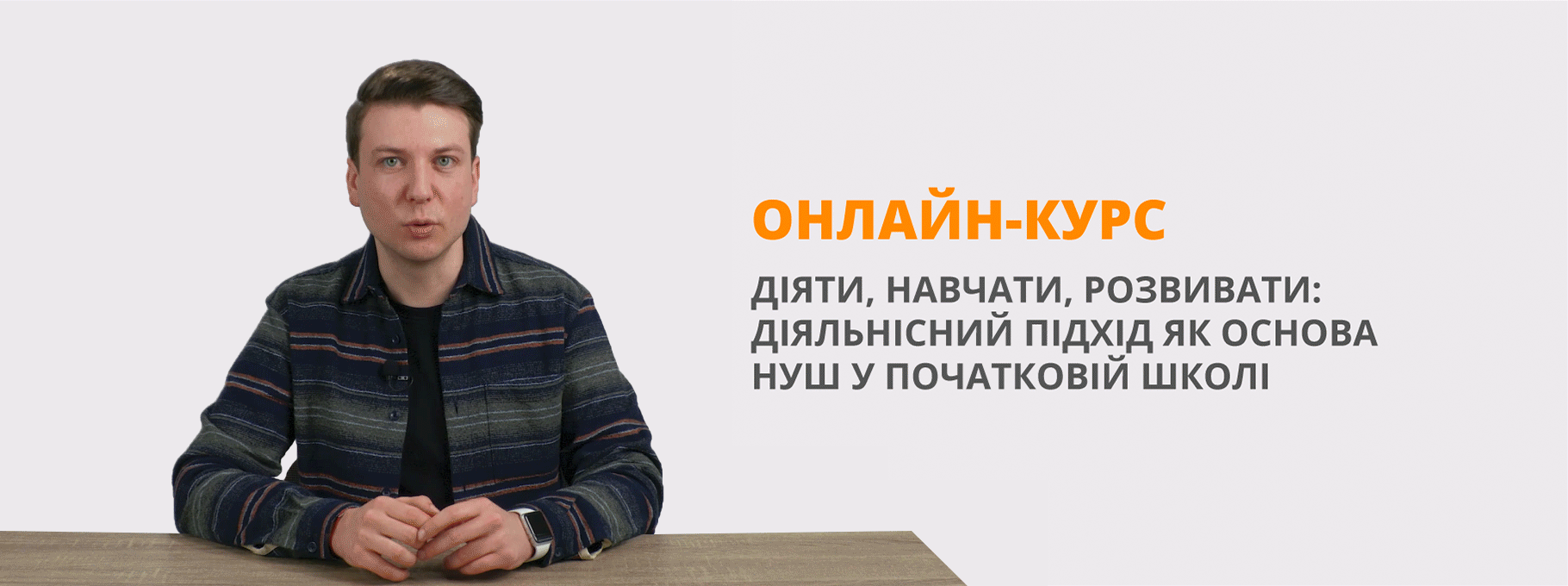What a wonderful world
Lead-in
- Draw two glasses, as an example of a famous test. Who sees a half-full glass and who sees a half-empty one? Who sees a difficulty and who sees an opportunity? Elicit some ideas from optimists, resuming it as one should enjoy the life, as the world is so wonderful.
- Pre-teach vocabulary
Give the students these three words. Their task will be to deduce the meaning of them in the following sentences:
bloom
bless
grow
- Feedback as a class.
Activity – skimming
- Set one simple question, so that students get a general understanding of the song. What will happen to children?
- Feedback.
Activity – scanning
- Set the students tasks on specific details from the song. On the board write some colours mentioned in the song
Red-
Blue-
White-
Green-
Students listen to the song for the second time and make notes what objects are connected with each of the colours.
Then students in groups get print-outs with the lyrics, but these print-outs are cut so every line is a separate piece of paper. They should put them in the order of the song while they are listening for it for the third time.
Follow-on activity
The quote to resume the mood of the song: We live in a wonderful world that is full of beauty, charm and adventure. There is no end to the adventures that we can have if only we seek them with our eyes open. - Jawaharlal Nehru
- Re-ignite the discussion from earlier about one’s attitude to the reality: pessimism or optimism.
- In groups students make up a list of reasons for optimism:
The world is wonderful.
Life is interesting.
Studying is fun.
Friends are great.
The winner is the team with the most optimistic outlook and, as a result, with a longer list of reasons.
For a controlled practice here I would suggest a following exercise: all students are arranged for a class debate. Their task is to plan the company’s party. From the box they pick up points for their discussion.
Why don't we invite a jazz band?
Maybe we could organize our party in the café Assol?
Maybe we should order some extra drinks?
It might be better if we have a picnic instead?
How about reserving a yacht?
Maybe we could invite a famous singer?, etc.
On the board there are phrases for agreeing and disagreeing, for this exercise students have to be attentive and not to repeat the answer. So, the answer must be unique. If the students uses the answer which was already used the teacher waves a piece of red paper, for example, and the student must choose another variant. It is important that the quantity of the phrases coincided with the quantity of students. All these cards and phrases can be used for the next stage of free practice, when students really have to vote for some variant, which would suit everybody.
Agreeing:
- I agree (strong)
- Great idea (strong)
- You're totally correct (strong)
- I would go along with that (neutral)
- I agree with you up to a point (half agree)
- That's worth thinking about, but... (half agree)
Disagreeing:
- I'm not sure about that (weak)
- Well it depends (weak)
- I don't think that's the best idea (weak)
- I'm afraid your idea is completely wrong (strong)
- I couldn't agree with that for a minute (strong)
- It's possible you are mistaken about that (strong)
- This is probably the first lesson. So, the teacher entering the classroom can present the material at that very moment. The teacher introduces himself/herself and then, I think, hand puppets would help a lot. One puppet is asking the other:” What's your name?” and says: “My name is Alex. “ Two puppets have this short conversation and then they address a student: My name is Alex. What is your name? This conversation takes part between puppets and a few students. Students turn to each other and in pairs have the same dialogues. Then it is possible to watch something like “Gogo loves English” and to sing a song together.
- In this lesson I would use hand puppets as well. One of them would be trying to hide from another. But the second one sees it all the time and says: Alex is on the desk. Alex is under the desk. Alex is under the chair, etc. Saying where Alex is, the teacher gives kids stickers with IN, ON, UNDER, AT. Then the teacher asks: Where is Alex? And students all together say it. The puppet that is looking for Alex can be given to a student. And the same game goes on. Then one of the students with closed eyes is trying to guess: Alex is on the desk, and the class says YES or NO.


про публікацію авторської розробки
Додати розробку
